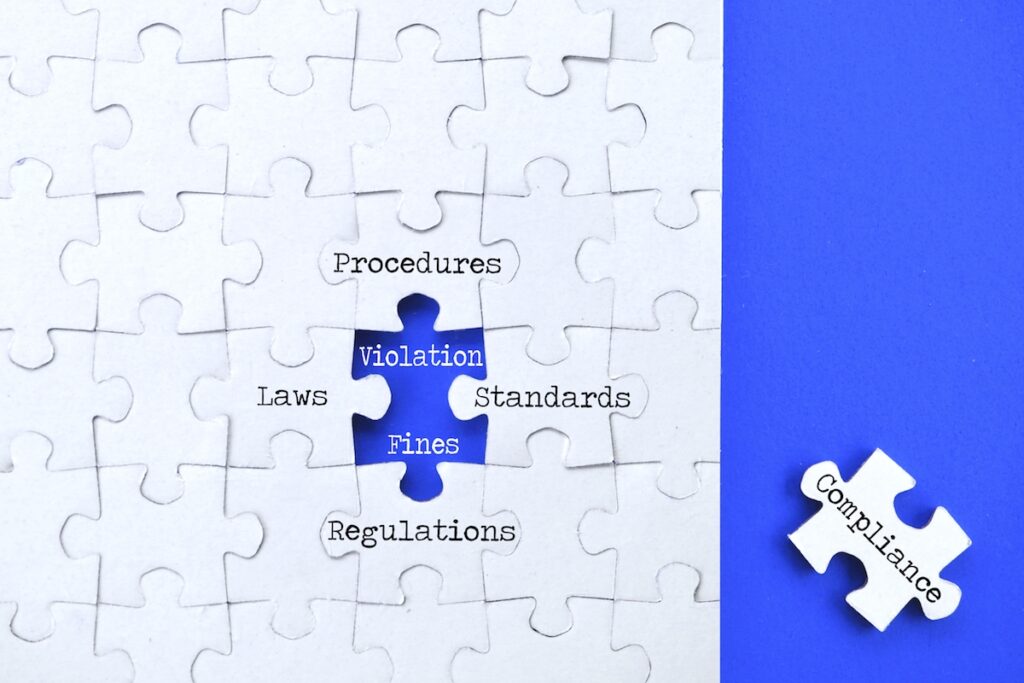Top 8 Expert Tips to Ensure Compliance in the Workplace

The workplace is truly the most powerful setting in our lives. It is where we spend most of our time, it holds many responsibilities, and its function greatly impacts the living standards of everyone involved. To ensure everything goes smoothly in the workplace, there are rules that must be followed.
For instance, some rules are those that forbid certain behaviors, such as those that prohibit harassment or those that uphold a code of conduct. These rules help to uphold a safe and comfortable working environment where people can thrive without fear.
So, what tips will ensure compliance in the workplace?
Expert Tips to Ensure Compliance in the Workplace: 8 Tips
1. Have a Code of Conduct
Having a code of conduct can go a long way in establishing and maintaining strong working relationships and informing employees about their employers’ expectations. While each company will have its own codes of conduct that they want to adhere to, there are general rules that should be included in every code of conduct.
2. Make Sure Everyone Reviews It
The first step to enforcing a code of conduct is making sure everyone knows what it is. This means the rules need to be communicated and reviewed regularly so that employees know what is expected from them, providing an opportunity for questions to be asked and clarifications made.
3. Establish a Complaint Procedure
If an employee feels someone is not following the expected standards, they will most likely express their concerns to management.
This can work very positively if the problem is resolved within the organization; however, it could also lead to conflict or hostility if not handled appropriately. To prevent this, employers need to set up a complaint procedure where employees can raise their concerns in a safe and effective way.
4. Have Awareness Training Programs
An important aspect of any complaint procedure is awareness training. This refers to teaching employees about inappropriate behavior or communication and proper ways to handle it when they see it happening. By educating employees on what is considered harassment and discrimination and how to report it, employers are encouraging a safe working environment where everyone is treated with respect.
5. Know Your Employees
Employers should try to get to know their employees on a personal level. While they might not be able to do this with every employee, knowing names and learning about the lives of people under their employment can help build strong working relationships. This allows employers to understand better what’s happening in their employees’ lives, which may help prevent problems at work.
6. Provide Opportunities for Feedback
Even if an employer knows their employees, it is important to provide feedback on how they are doing within the workplace. This can be done through a formal review or an informal conversation, but it is important to check in with employees and address any issues that may arise. It can also help provide a sense of closure for both the employee and employer and give insight into how they really feel about their job.
7. Be Clear About Expectations
In addition to the code of conduct, each company should have a clear workplace policy that details expectations for employees. This is important because many issues that could arise in a workplace can be prevented if there is a clear standard on how things should happen and what will happen when they don’t.
8. Stay updated with everchanging policies
It’s important to stay up-to-date with the latest changes in federal and state laws, as well as workplace policy. This way, when new rules are made, or old ones are changed, an employer has a clear understanding of how it affects them and their employees. This will help establish a better working environment by keeping everyone informed and clear on their responsibilities.
Wrapping up
To ensure compliance in the workplace, an employer needs to have a detailed code of conduct that is communicated and reviewed regularly. All employees should be aware of how they are expected to behave and what the organization will do if behavior or communication does not meet expectations.
Employers must also take time to get to know their employees on a personal level and provide feedback and opportunities for them to express their concerns.
These steps will help reduce any potential issues within the organization and create a healthier working environment.